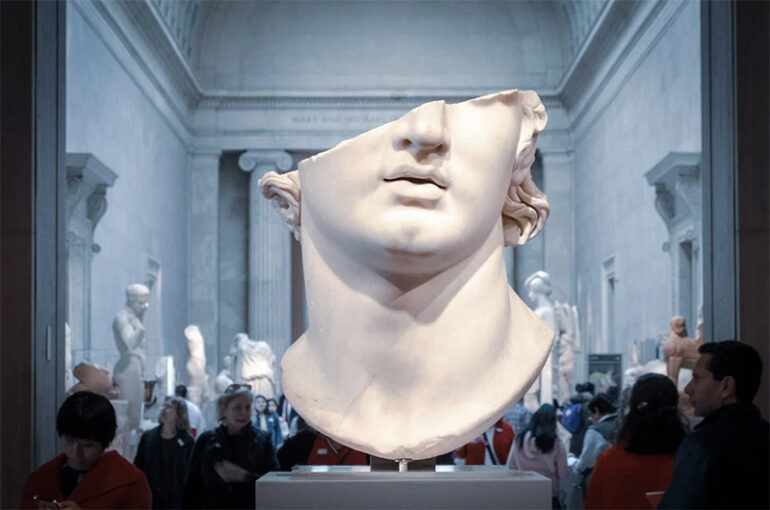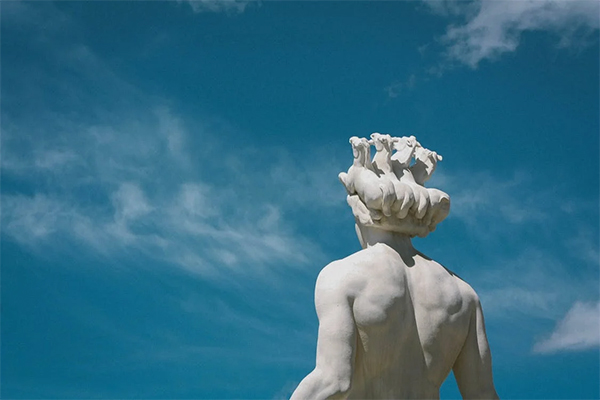Sculpture has undergone a remarkable evolution, mirroring society’s shifting values across the centuries. From crude prehistoric carvings to Renaissance masterpieces and beyond, each era adds another layer to this rich art form. Stone became marble. Marble gave way to steel. Now digital tools shape impossible forms—yet the sculptor’s fundamental impulse remains. Today’s artists navigate a complex landscape where technology meets tradition, environmental concerns influence material choices, and social issues provide endless inspiration.
Ancient Beginnings
Long before written language, our ancestors carved figures from whatever they could find—bone, stone, wood. These weren’t just idle creations. They connected deeply with survival, fertility, and the mysterious forces that early humans couldn’t explain any other way. As civilizations took root—think Mesopotamia with its elaborate palace reliefs or Egypt’s towering monuments—sculptors developed techniques that transformed raw materials into gods and kings. Religious ceremonies demanded increasingly sophisticated figures. Pharaohs required likenesses that would last eternity—and some actually have. These early works—sometimes stiff by modern standards—laid a foundation that artists would build upon for millennia.
Renaissance Revival
The Renaissance exploded with sculptural innovation—like spring after a particularly harsh winter. Artists rediscovered classical forms but infused them with unprecedented emotional depth. Michelangelo didn’t just carve marble; he somehow freed figures already trapped inside it. Donatello’s bronze David stands casually—hip thrust to one side—yet the subtle contrapposto creates remarkable tension. Suddenly stone could suggest flesh, fabric, even specific emotional states. Wealthy patrons competed for the finest pieces, displaying them in gardens and grand entrance halls. Churches commissioned works that still drop jaws centuries later—just try walking past Bernini’s Saint Teresa without stopping to stare. This golden age celebrated not just technical virtuosity but also the intellectual and spiritual dimensions that elevate craft to high art.
Modern Innovations
The 20th century blew the doors off traditional sculpture. Rules? What rules? Artists rejected centuries of convention, experimenting wildly with form and material. Cubists fragmented reality. Surrealists crafted dreamscapes. Moore’s massive forms—with their strange, hollowed-out centers—somehow feel simultaneously ancient and futuristic. Calder’s delicate mobiles transform space with nothing more than bent wire and carefully balanced shapes. The humble materials of everyday life—concrete, chicken wire, plastic bottles—became legitimate artistic media overnight. Installations transformed entire rooms into sculptural experiences that viewers could walk through, touch, sometimes even smell. Art schools buzzed with radical ideas, each movement seemingly determined to contradict the one before it.
Contemporary Trends
Today’s sculptural landscape resembles nothing so much as a glorious mess—in the best possible way. Digital fabrication allows previously impossible forms. Virtual reality challenges the very notion of physical objects. Yet alongside these high-tech approaches, many artists return to ancient techniques—hand carving wood or casting bronze with methods unchanged for centuries. Environmental awareness has sparked fascinating work with biodegradable materials or even living elements like plants and fungi. (Some pieces literally grow and change throughout exhibition.) Public installations tackle thorny social issues, transforming urban spaces into forums for dialogue about inequality, migration, and cultural identity. Social media has democratized access, allowing artists from previously marginalized communities to find audiences without traditional gatekeepers’ approval.
The story of sculpture winds through humanity’s entire journey—each chapter reflecting our struggles, beliefs, and dreams. From simple fertility figurines clutched by firelight to elaborate marble masterpieces to today’s boundary-pushing installations, these three-dimensional forms speak to something fundamental in us. They invite touch (though museum guards certainly disagree). They occupy our physical space in ways flat images never can. As technology races forward and global challenges mount, sculptors continue reimagining what’s possible—asking not just “What can I make?” but “Why make it at all?” The answers keep evolving, just like the art form itself.
Photo Attribution:
1st & featured image by https://www.pexels.com/photo/white-head-bust-in-museum-2167395/
2nd image by https://www.pexels.com/photo/human-statue-under-clear-sky-1251720/

